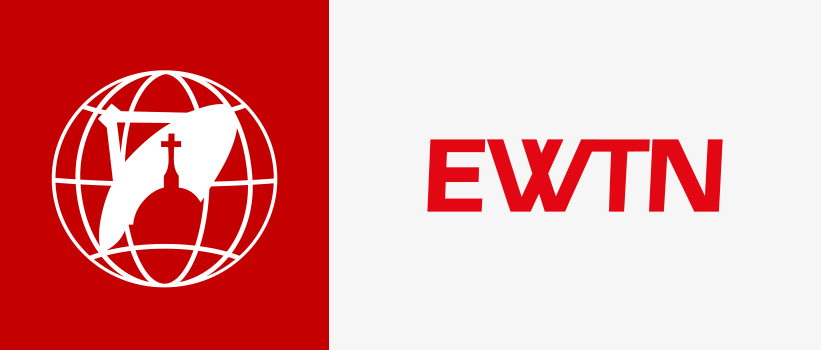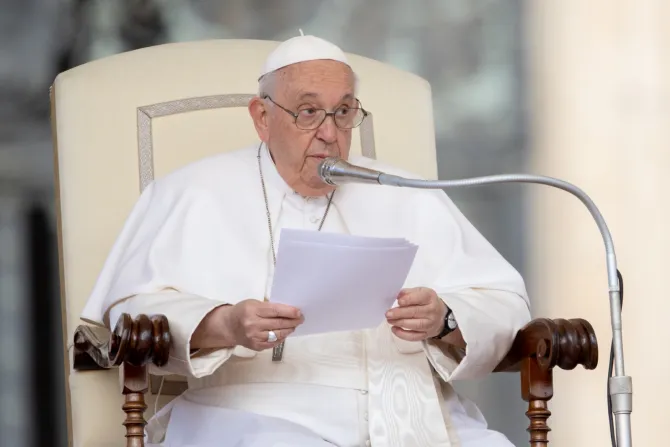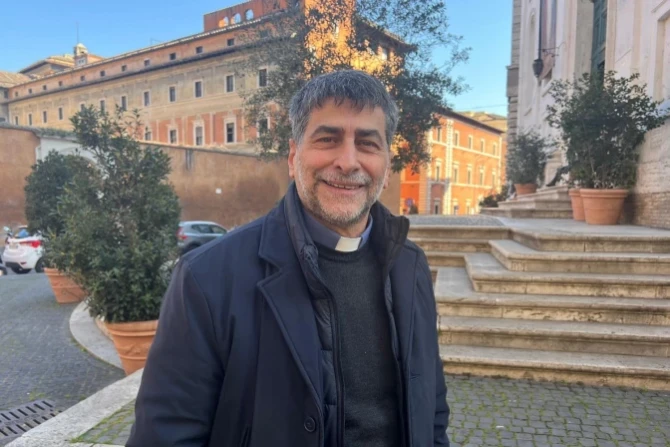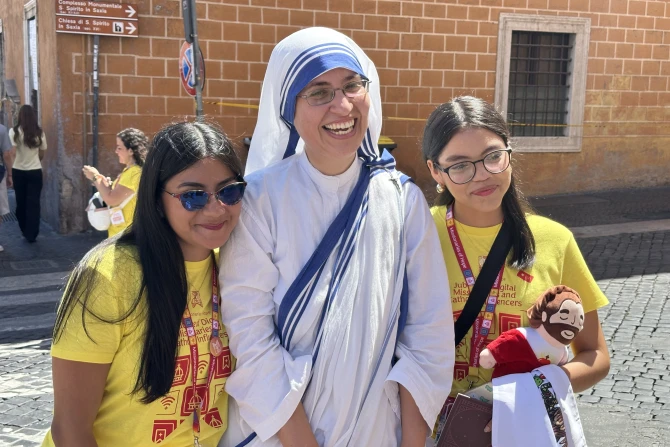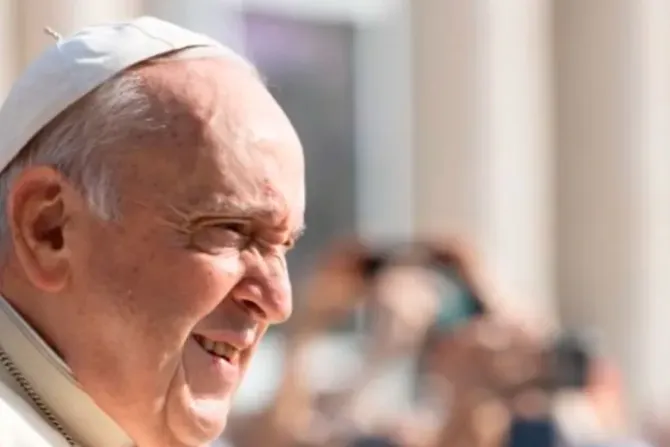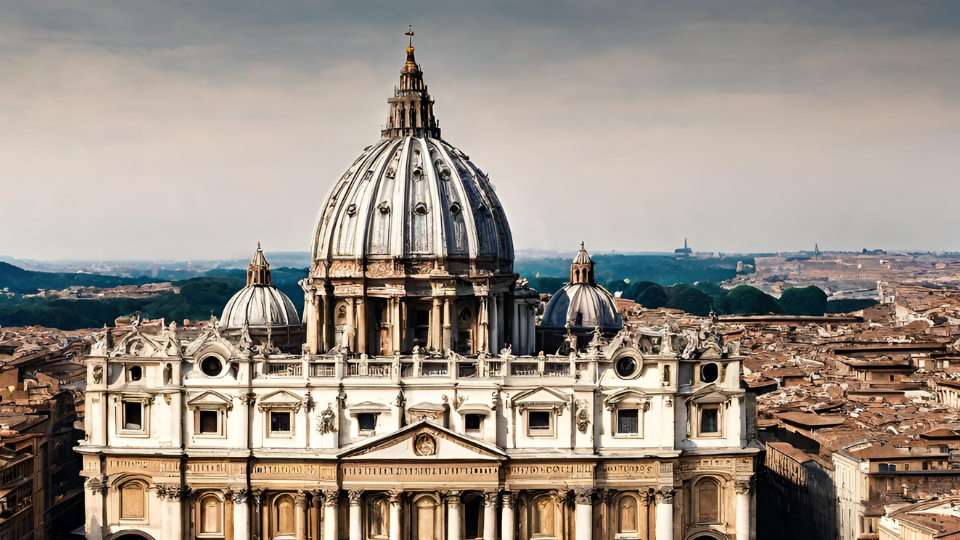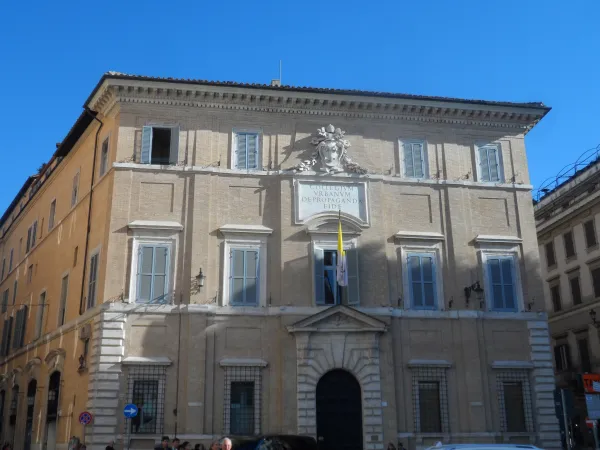Pope Francis’s 40th papal journey will mean he has visited 60 countries during his pontificate. The Pope will arrive in the Democratic Republic of Congo on the 29th of January then visit South Sudan before returning to Rome on the 5th of February. The trip was previously planned in July 2022 and was then postponed because of the Pope’s health.
“It is a trip on the theme of peace,” said Matteo Bruni, director of the Holy See Press Office. He also announced that, on the flight, Pope Francis will hold a press conference with Archbishop of Canterbury, Justin Welby, and Rev. Iain Greenshields, Moderator of the Church of Scotland.
The schedule is slightly different from the one proposed in July, but the objectives are the same. Bruni assured journalists at the press conference that there are no specific threats, and no heightened security, despite a particularly complex situation in the two countries.
John Paul II visited the Democratic Republic of Congo twice. Francis would have liked to celebrate mass in the North Kivu region, in Goma, where Italian Ambassador Luca Attanasio was killed. But, with the situation in the country, such a trip will not be possible. Instead, Francis will remain in Kinshasa, where an area that has even been defined as “of pontifical jurisdiction.”
John Paul II never visited South Sudan, but he did visit Sudan before South Sudan was established as an independent state. However, it is a land of missionaries, including Daniele Comboni.
In the press conference, Matteo Bruni pointed out that the Pope will be in conflict territory: a Congolese Jesuit bishop, Ferdinand Muhgirwa was martyred in Gavu in 1996, and there are over 100 subversive groups in the area. Even in South Sudan, clashes have led to thousands of deaths, severe food crises, droughts, and floods.
The Pope convened a prayer vigil on November 23, 2017, for Congo and South Sudan. From then on, a trip to those territories was always on the cards, particularly with the trip to South Sudan as an ecumenical trip.
In the Democratic Republic of Congo, seven speeches will be delivered in Italian, and in South Sudan, there will be five, all in Italian.
Arrival in Kinshasa is scheduled for 3 p.m. on January 31, and the Pope will be welcomed by Prime Minister Jean-Michel Sama Lukonde, who has been in office since 2021 and has never met the Pope. He will then arrive by popemobile at the Palais de Nation, where there will be a welcoming ceremony, a meeting with President Felix Tshisekedi, who visited Pope Francis in 2020, and then a meeting with the civil society and the diplomatic corps, who number around a thousand people.
The February 1 Mass will be celebrated according to the Roman Missal for the dioceses of Zaire, one of the most compelling examples of inculturation of the liturgy, and significant population participation is expected. While there are no precise estimates, there is talk of 1.5 million people attending.
Scheduled for February 1 is a meeting with victims of violence in the east of the country, with various testimonies, a speech by the Pope, and a commitment to forgiveness by the victims.
There will also be a meeting with representatives of charitable works, including St. Egidio’s Dream Center, the deaf mutes of the village of Mondeko, volunteers from the Petites Flammes, the Focolare Movement and other associations, to testify to the extraordinary commitment of solidarity worked in the country.
On February 2 is the meeting with young people, then the meeting with religious communities in the cathedral, and then the meeting with the local Jesuits, an appointment the Pope always attends.
On February 3, after meeting with the bishops at the headquarters of the Congo Bishops’ Conference, the Pope leaves for Juba, the capital of South Sudan, chosen because it is inhabited by minority tribes and not the prominent tribe.
South Sudan has been a young, autonomous state since 2005 and independent since 2011. Upon arrival, the Pope will be greeted on board not only by the nuncio and the chief of protocol but also by the Archbishop of Canterbury and the Moderator of the Church of Scotland, who will make this journey with him.
There will be Salva Kiir, whom the Pope met at the Vatican in March 2019 and then in April of that year for the spiritual retreat for peace in the country convened by the Pope.
There will also be a bilateral meeting between the Vice President, Prefect of the Dicastery for the Promotion of Christian Unity, Cardinal Koch, Secretary of State, Cardinal Parolin, and the Substitute at the Secretariat of State, Archbishop Edgar Pena Parra.
There will be about 250 people in the meeting with civil authorities, and the Archbishop of Canterbury and the Moderator of the Church of Scotland will speak alongside the Pope.
On February 4, Pope Francis will meet with religious in St. Theresa’s Cathedral and then meet with local members of the Society of Jesus. In the afternoon, he will meet with internally displaced persons, which will also be an ecumenical meeting. There are various IDP camps, and as of January 2022, there are more than 3 million, and in the Juba area alone, that number is more than 33 thousand. Testimonies will be heard, mostly from children.
February 5 is the day of departure for Rome, but first, Pope Francis will celebrate the Mass in English, followed by the Angelus prayer. He will fly back with the Archbishop of Canterbury and the Moderator of the Church of Scotland. There may be a joint press conference with them on the plane.
